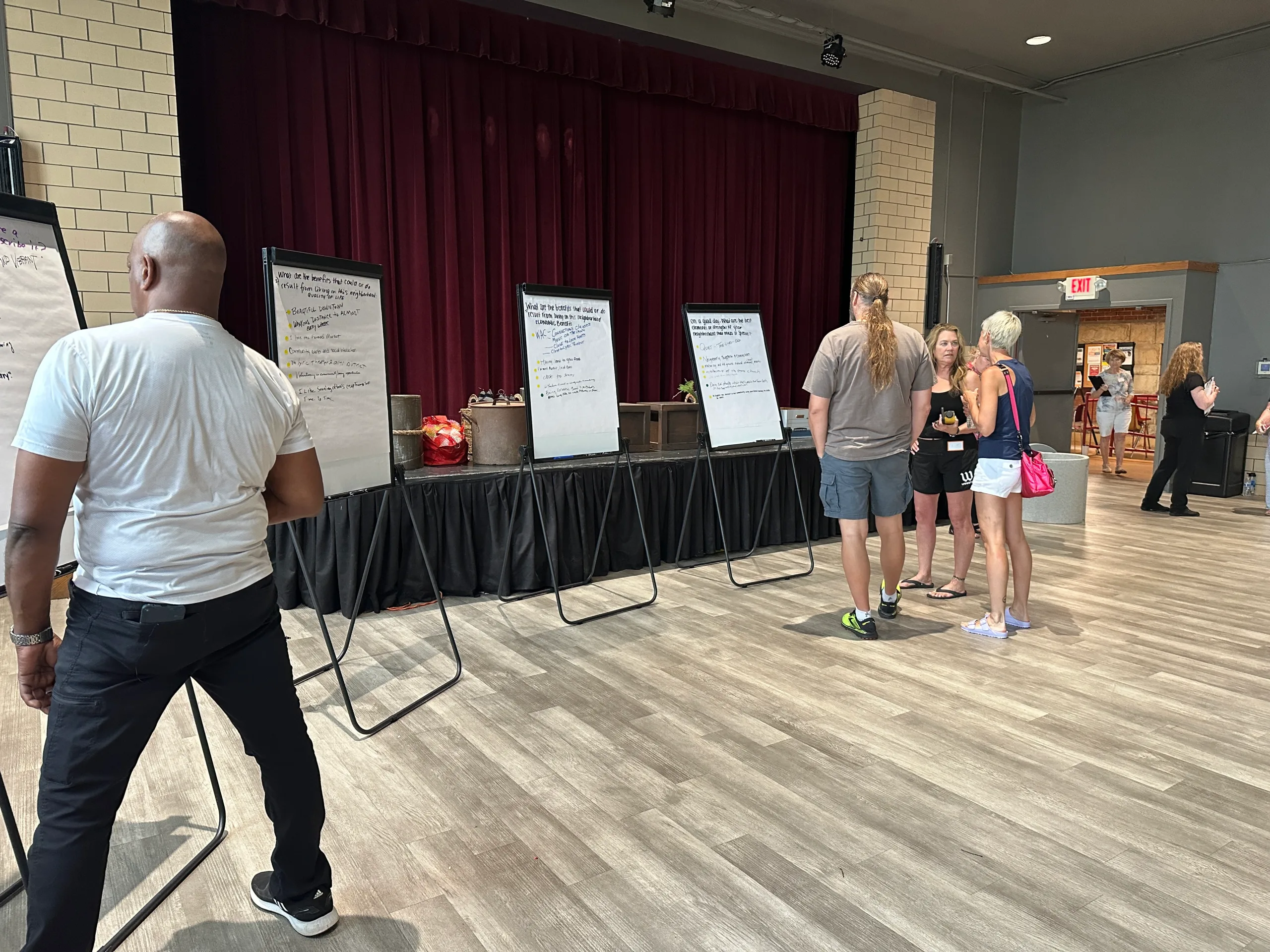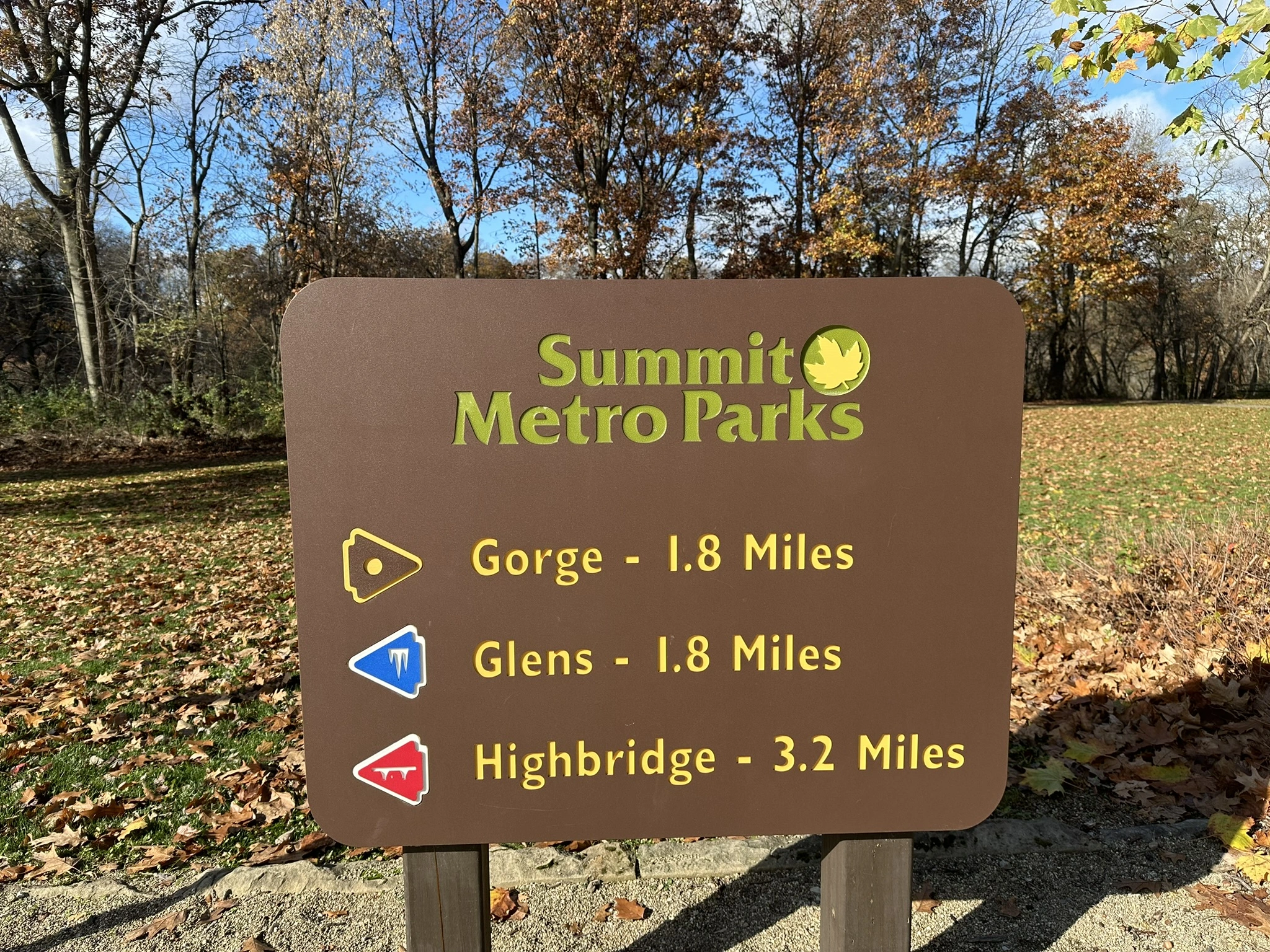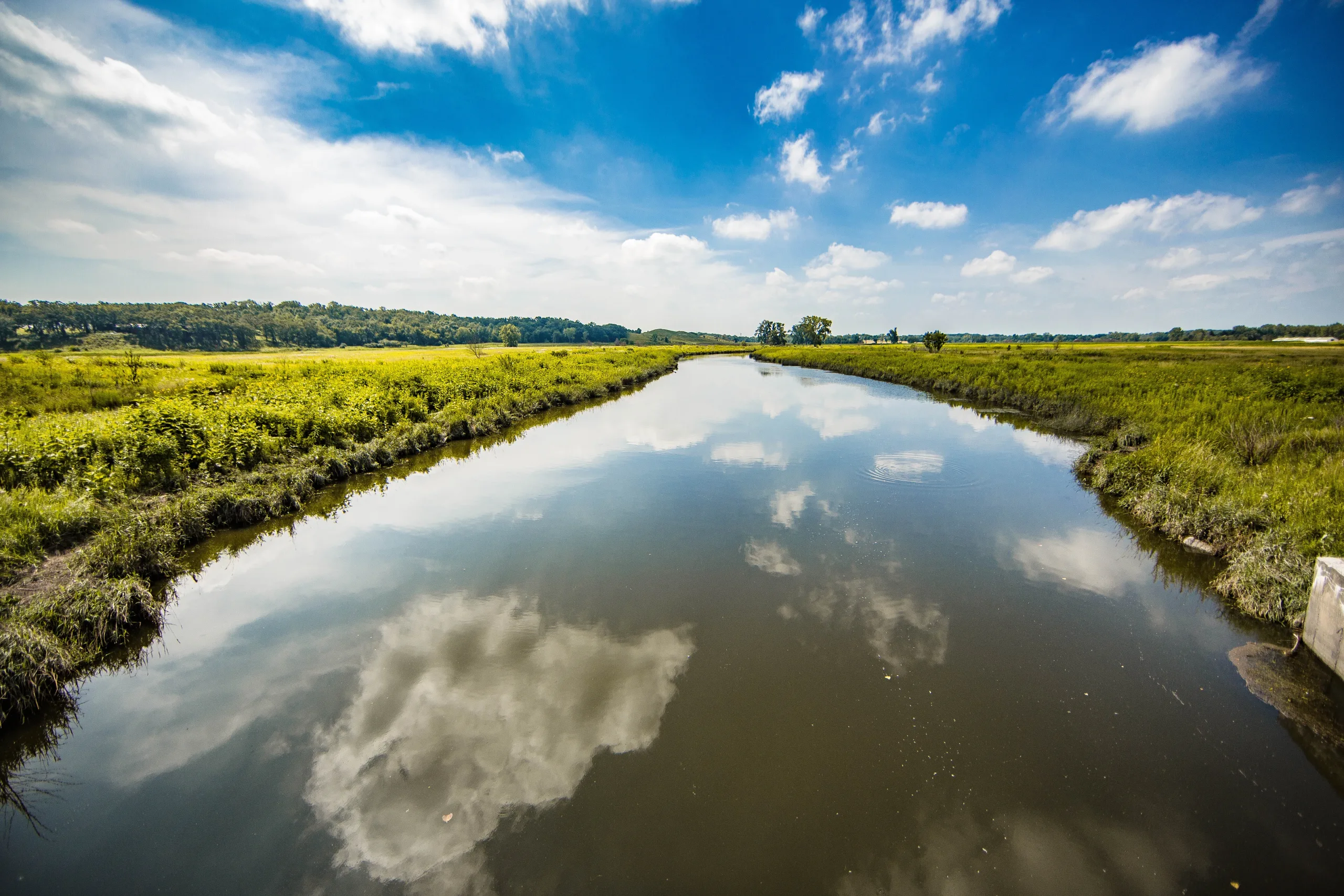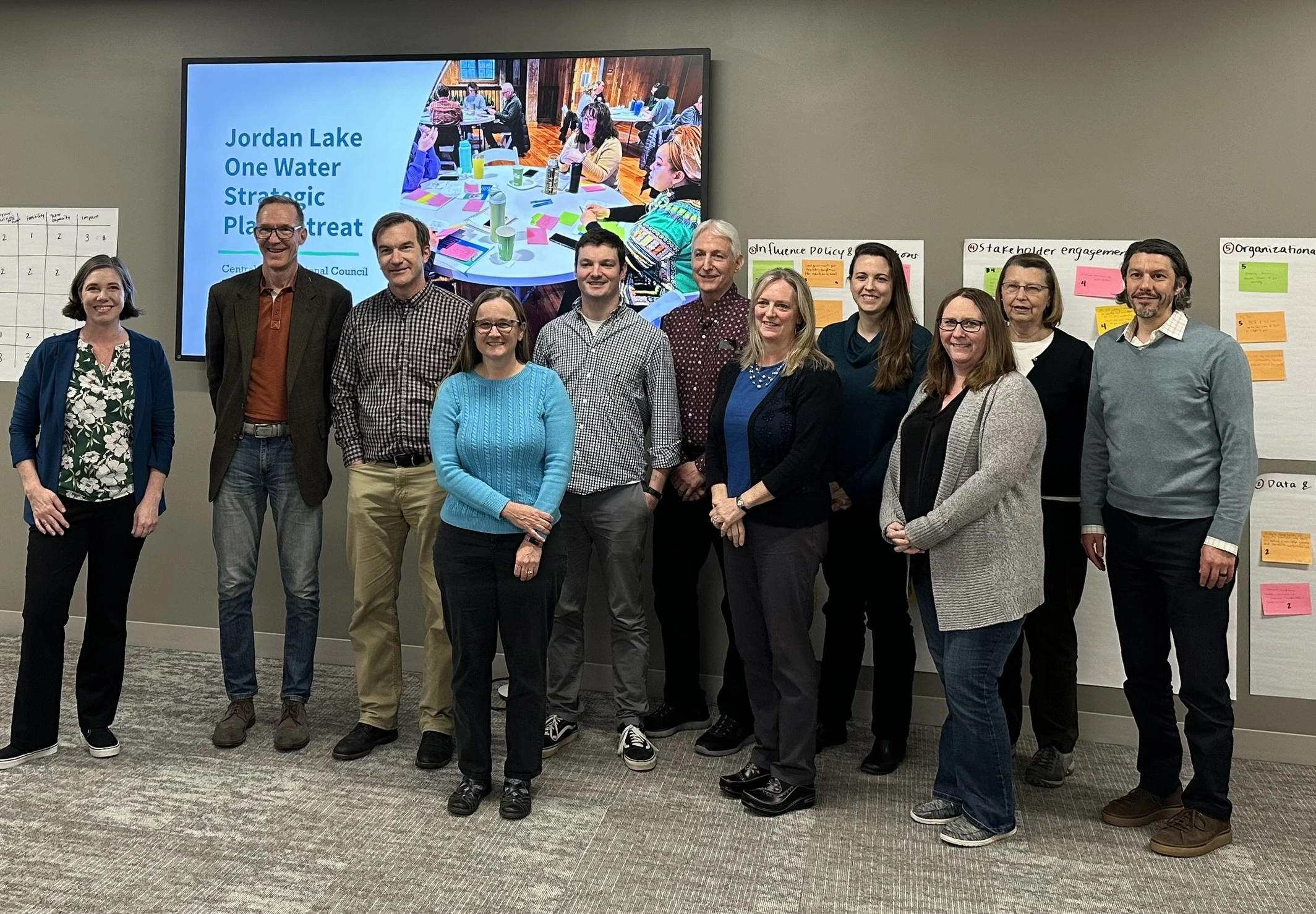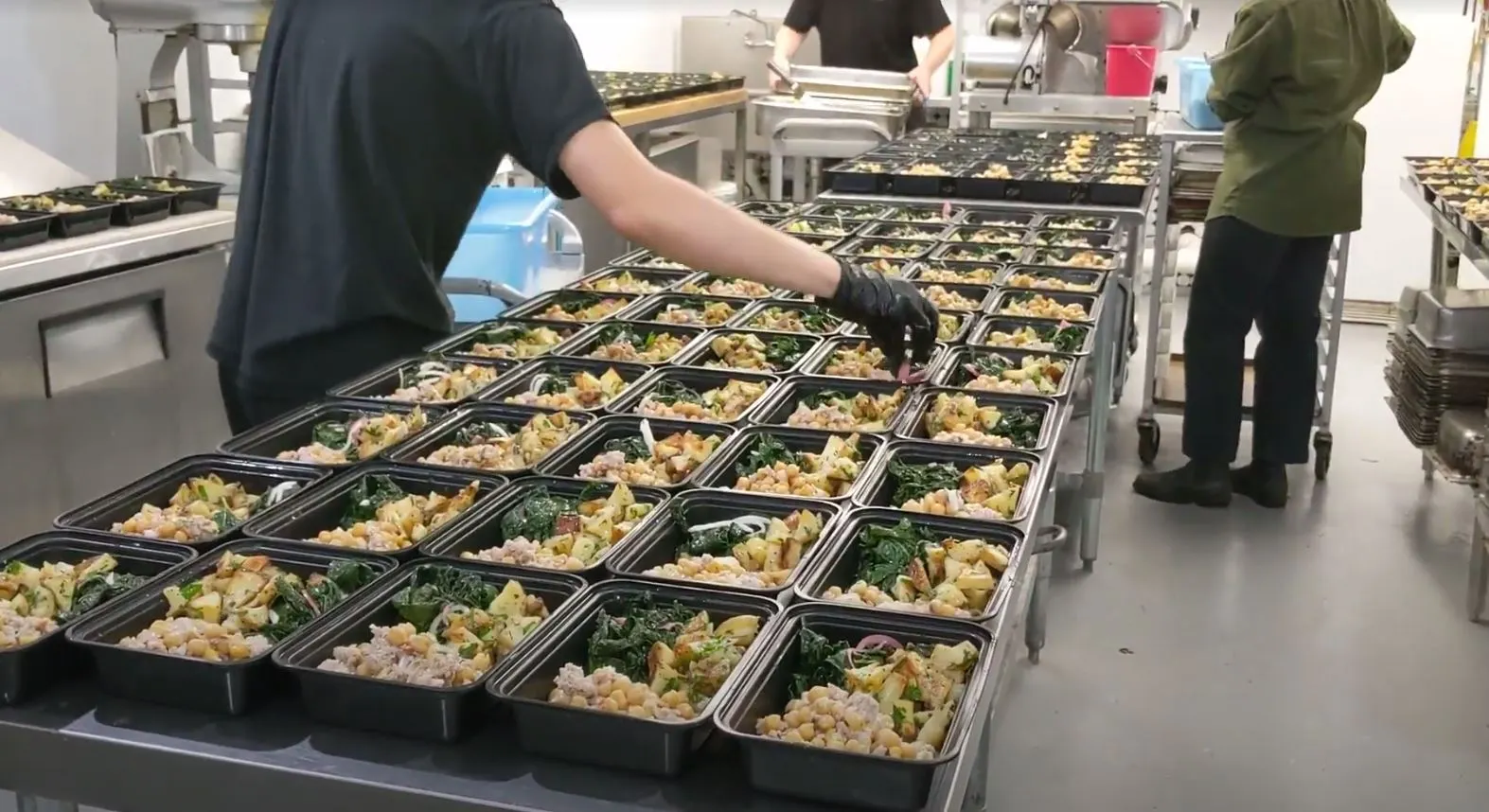
Photo credit: VEE/SEVCA
Introduction
Vermont Emergency Eats was launched on August 7, 2023, in response to heavy flooding across Vermont. Significant damage to homes and infrastructure made it difficult for many Vermonters to access food. This program was activated to provide restaurant-prepared meals to flood-impacted, food-insecure Vermonters. Vermont Emergency Eats was modeled after the highly successful Vermont Everyone Eats, with the same goals of increasing food security, bolstering economic resilience, and supporting the local food system during a time of disruption.
The Problem
Food security and food access during emergencies are pressing issues globally, particularly due to climate change impacts contributing to more frequent and severe flood and storm events. Yet very few examples exist of integrated programs that combine local foods, restaurants, and food access. Vermont is an early adopter of innovative, complex solutions to food security needs in its collaboration with players who are not traditionally considered food security partners, encouraging out-of-the-box thinking and systemic change. Vermont Emergency Eats is an inspiring success story resulting in long-lasting economic, agricultural, and food security benefits.
Vermont Emergency Eats has built on the success, knowledge, and existing infrastructure of Vermont Everyone Eats. However, the original program (August 2020 to March 2023) was a statewide response to a multi-year pandemic while its reactivation (August 2023 to November 2023) was a response in specific counties to floods that lasted 90 days.
In light of the program differences, a key question emerged—Would Emergency Eats result in measurable outcomes in its second iteration, once again serving as a safety net for restaurants, farms and food producers, and individual meal recipients during a time of disruption?
The Solution
The results are in, and the data shows that Vermont Emergency Eats did have quantifiable economic resilience benefits in addition to food security benefits. Despite a shorter duration, the infusion of nearly $700,000 into the program was remarkable, rippling across the local economy, with a smaller impact that was more or less proportional to the results of the first, longer version of the program.
Key Findings:
- A multiplier effect of $1.12 million by restaurants and farmers re-circulating those dollars back into local inputs and local labor pools (this represents additional spending beyond the initial expenditure)
- The total reported flood damage for participating restaurants was $703,500, showing a strong need for supporting restaurant resilience after the flooding.
- There was an $88,000 leverage, which is the reinvestment of private dollars by restaurants into repairing flood damage and/or expanding small business infrastructure and equipment.
- Economic resilience during an emergency improved, with 70% of participating restaurant owners agreeing that, “Participation in the Vermont Emergency Eats program provided my restaurant with a critical revenue source.”
- Over 49,000 meals were distributed.
- 24% of ingredients were sourced locally
The one-page infographic can be found here.
The full report can be found here.



